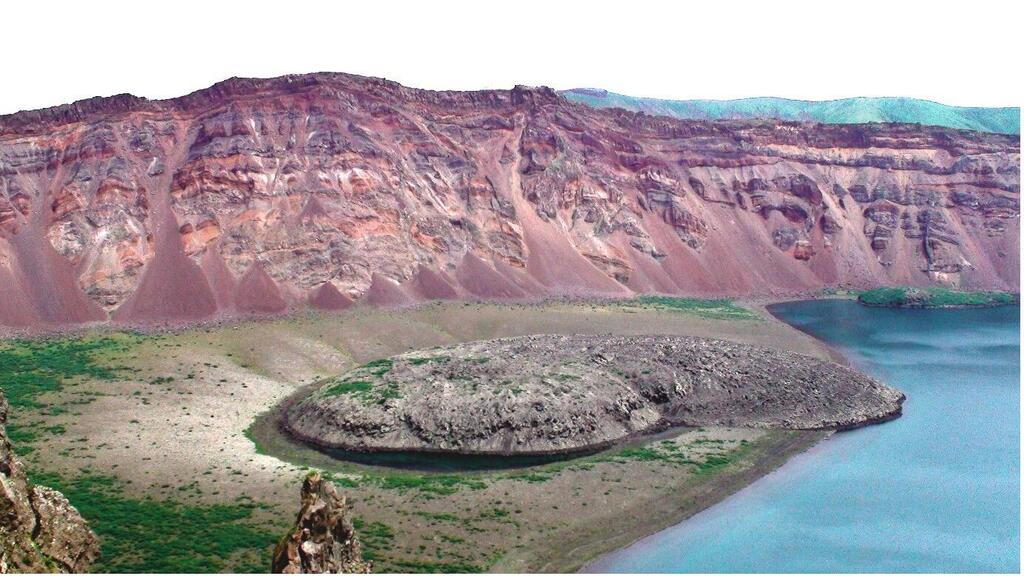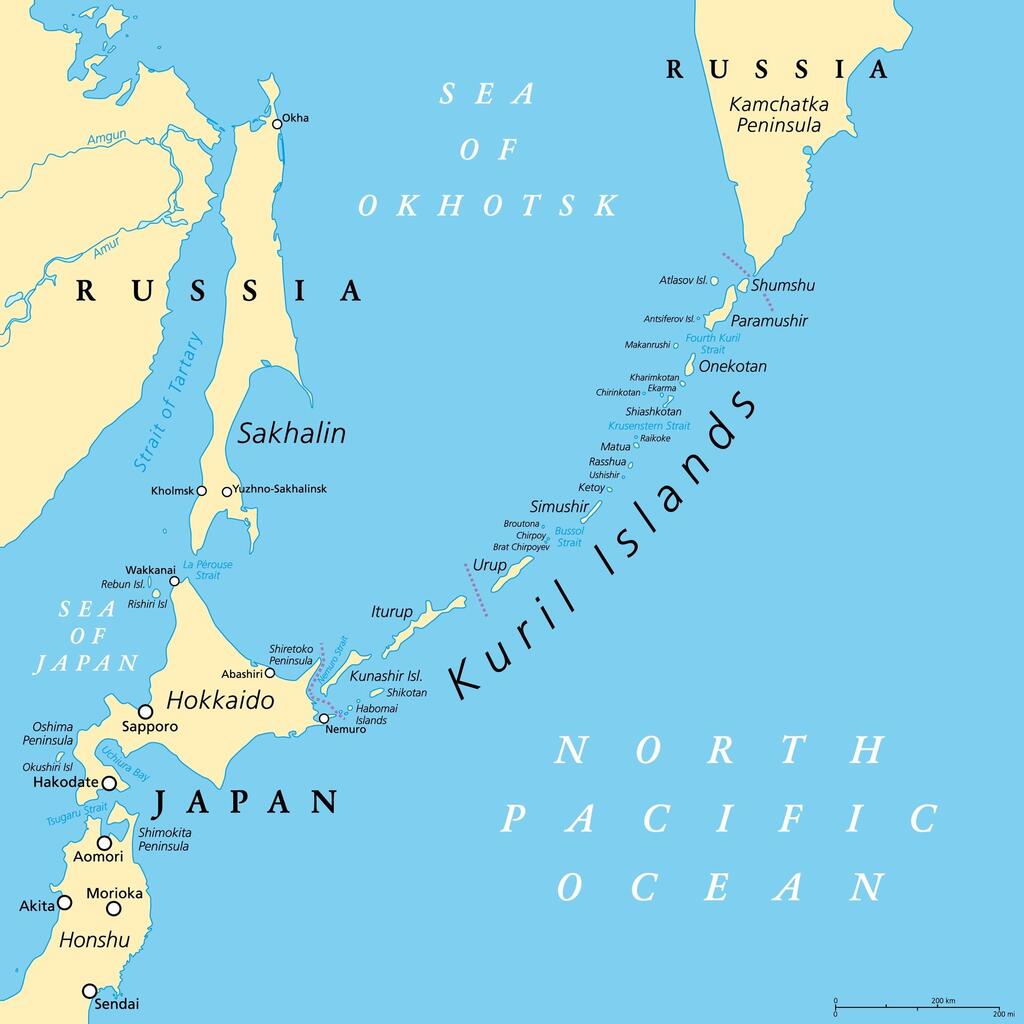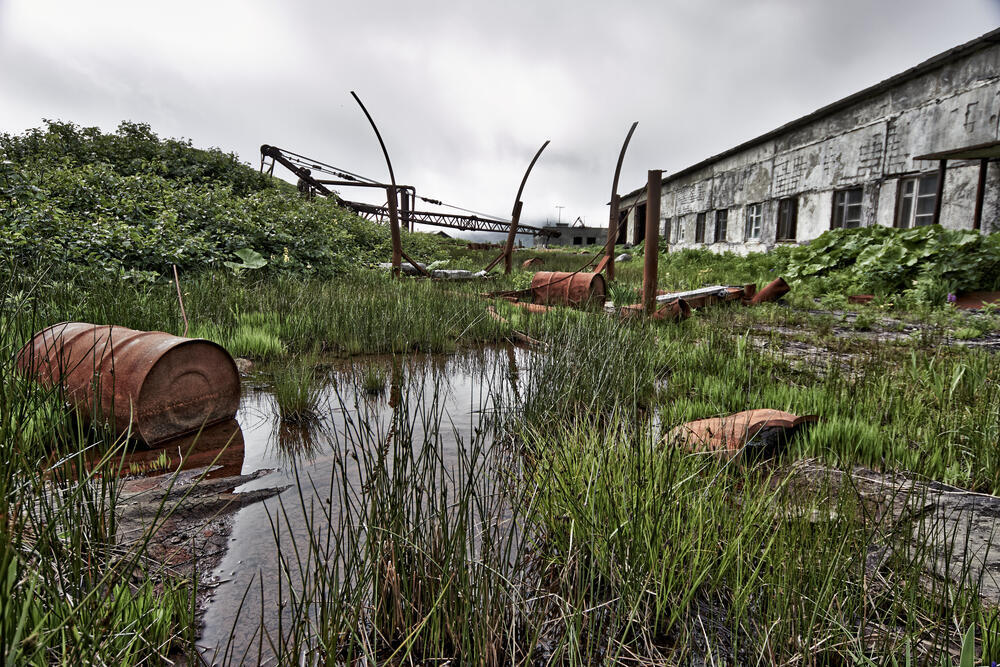Pinpointing the exact location of the eruption on the remote, uninhabited island of Simushir in the Kuril Islands highlights how difficult and challenging it will be to predict when and where the next major eruption might occur.
6 View gallery


Simushir island which had a major eruption in 1831
(Photo: Oleg Dirksen, University of St Andrews)
In 1831, a massive volcanic eruption spewed sulfurous gases into the atmosphere, creating a barrier that reflected sunlight back into space and causing a global cooling of about one degree Celsius. As a result, the cold weather led to devastating crop failure and even widespread famine, especially in Asia.
The eruption has been called Earth’s last “mystery eruption.” While scientists knew this was a major event that caused climate change and social upheaval, the identity of the volcano responsible has remained a mystery and has been the subject of heated debate until now.
Recently, new research led by Dr. William Hutchison from School of Earth and Environmental Sciences at the University of St Andrews, and published in the journal Proceedings of the American National Academy of Sciences, reveals how the ice core from the event was analyzed, leading to the perfect match of the ash deposits that were emitted almost 200 years ago.
"Only in recent years have we developed the ability to extract microscopic ash shards from polar ice cores and conduct detailed chemical analyses on them. These shards are incredibly minute, roughly one-tenth the diameter of a human hair," explained Dr. Hutchison.
Researchers have accurately dated and matched ice core deposits to the Zavaritskii volcano on the remote, uninhabited island of Simushir, part of the Kuril Islands. The islands lie in the Pacific Ocean and are a bone of contention between Russia and Japan. However, the islands are now under Russian control and serve as a strategic military outpost. During the Cold War, the Soviets used Simushir as a secret base for nuclear submarines, anchoring vessels in a flooded volcanic crater.
"We analyzed the chemistry of the ice at a very high resolution, so we were finally able to pinpoint the exact timing of the eruption - spring-summer 1831. This was a long-term study that required extensive collaboration with colleagues in Japan and Russia, who sent us samples collected from the remote volcano," explained Dr. Hutchison.
This study reinforces the fact that the Kuril Islands are a volcanic region that has been relatively poorly studied so far, but also one that has experienced considerable volcanic activity.
6 View gallery


Details of the eruption
(Illustration: Proceedings of the National Academy of Sciences (2024). DOI: 10.1073/pnas.2416699122)
The Zavaritskii volcano, which was found to be responsible for that powerful eruption in 1831, is considered very remote, but it is nevertheless one that had a significant global impact on the climate and serious consequences for human populations. The Zavaritskii volcano has not erupted since 1957, but it is still considered an active volcano - that is, it has the potential to erupt again in the future.
Get the Ynetnews app on your smartphone: Google Play: https://bit.ly/4eJ37pE | Apple App Store: https://bit.ly/3ZL7iNv
Therefore, Identifying the sources of mystery eruptions in general is crucial, as it allows scientists to map and monitor the areas on Earth most likely to produce volcanic events from both climates. “As scientists and as a society, we need to consider how to coordinate an international response when the next large eruption, like the one in 1831, happens.” Dr. Hutchison concluded.
Incidentally, Felix Mendelssohn, a Jewish-German composer, wrote that same year about the catastrophic weather he experienced as part of his trip to the Alps, describing the heavy rainfall and freezing cold, as well as the snow-capped peaks, even though the trip took place in the summer months. "Desolate weather, it has rained again all night and all morning, it is as cold as in winter, there is already deep snow on the nearest hills…"





